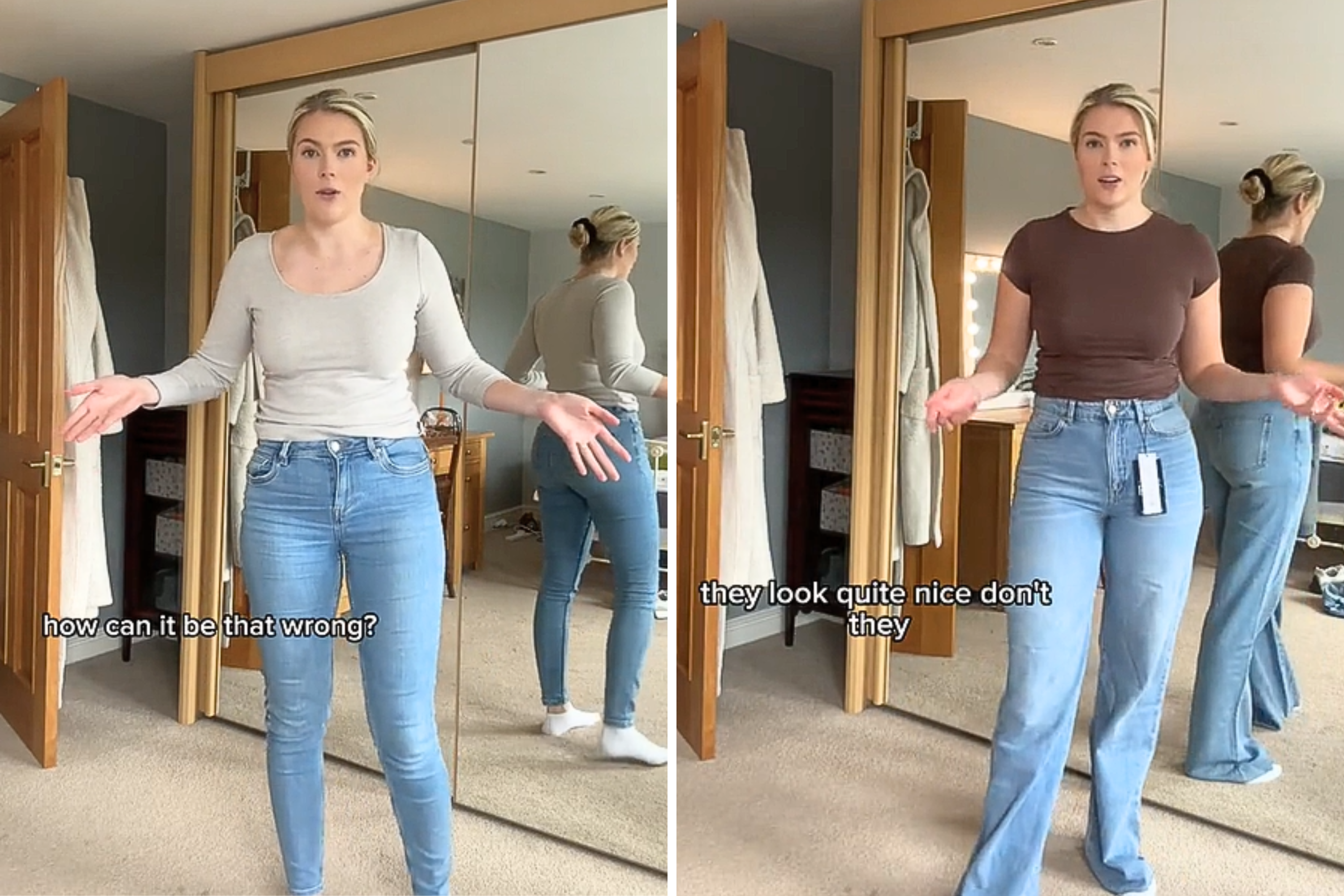World
How Tech And Vodka Converged To Make ‘The World’s First Spirits Brand’ To Use Accessible QR Codes

Ketel One is putting accessible QR codes on the packaging of its products.
It turns out, food labels can be accessible too.
Vodka maker Ketel One on Monday announced it’s “the world’s first spirits brand” to incorporate accessible QR codes onto its packaging. The company said this endeavor is rooted in inclusivity, noting it makes its vodka more accessible to people who are Blind and low vision. The products are scheduled to be on store shelves later this month.
Notably, the New York-based Ketel One said in its press release the accessible QR codes are detectable by so-called “class-leading accessibility apps” such as Microsoft’s Seeing AI and Be My Eyes. The codes were created by mixed reality company Zappar in collaboration with Britain’s Royal National Institute of Blind People (RNIB).
In an exclusive interview ahead of today’s announcement, Zappar’s head of marketing Dave Mather explained his company was interested in improving the human experience of reading food packaging. He told me the company believes equal access to reading such labels is “a basic human right,” adding it’s important work because the reality is “that isn’t always the case.” Mather said the impetus for the work began about three years ago, when Unilever and the aforementioned RNIB started contemplating how to make QR codes more accessible to disabled people, as Unilever had begun producing “billions” of them on food labels. It was challenging, he said, because space lives at a premium on labels; Zappar’s expertise came into play with its know-how on color schema and making scanning technology to scale. As referenced in Ketel One’s press release, Mather told me Zappar’s technologies makes it such that QR codes can be read accurately from greater physical distances, enabling the screen reader and other accessibility features on a person’s phone to read aloud the information contained within the QR code. The RNIB, he said, proved instrumental because the partnership entailed expert guidance and qualitative research in determining not merely the computer vision problem, but how to best structure information so it’s easily comprehended by the human. All told, Mather said the collaboration with the RNIB ended up being “one of these wonderful moments of hard work [and] luck and timing, where the opportunity arose to use some technology that we look at elsewhere and apply it in this way and be able to solve a very specific problem that a brand had.”
QR codes are increasingly becoming en vogue—and it’s important for them to be accessible, Mather said. The work between Ketel One, Zappar, the RNIB, and more is one manifestation of such a mandate.
“There’s a movement towards QR code on products,” Mather said. “If we can ride the coattails of purposeful brands [and] legislative change, the increase in QR and work with pioneers like Ketel One and Diageo, then we have the opportunity to create meaningful change. You don’t get that opportunity often… it’s an exciting time. It’s absolutely the start. We’ve got a long way to go, but it’s an exciting prospect.”
Sam Salameh, VP of vodka for Diageo North America, echoed Mather.
“At Diageo, we’ve always been driven by innovation and a desire to elevate every consumer’s experience,” he said in a statement provided to me. “When the Nolet family came across this incredible technology over two years ago, we knew it could be a game-changer. By adding AQR technology, we’re not just enhancing the convenience and premium quality of our cocktails, but we’re also working to make them more accessible to everyone. It’s a natural next step in our commitment to delivering exceptional products that cater to all consumers of legal drinking age.”
Salameh continued: “We believe that our products have the power to bring people together, whether it’s for special moments or everyday enjoyment. Implementing AQR technology into Ketel One was an easy decision for us—it allows us to offer a more inclusive shopping experience for consumers who are blind or have low vision. It’s about creating a world where everyone can interact with and enjoy our premium brands.”
When asked about feedback, Mather told me the response to these accessible QR codes because “we’re moving the needle at all.” He acknowledged that viewpoint is a low bar, as it represents a sad state of affairs for inclusivity—but it’s notable nonetheless. People in the blind and low vision community, he said, are ecstatic because the technology enables them to shop with agency and autonomy and live independently.
“I think that sense of empowerment and access that information is incredibly compelling,” Mather said. “We know that to be true. I think that’s a really interesting thing as well.”
Looking towards the future, Mather said the retail environment is ripe for disruption in terms of how to make them more accessible to the disability community. Common tasks like moving about different aisles, he said, can be augmented with the kind of technology used to build the QR codes. Mather was cagey about an in-progress partnership around this idea, but was enthused about what he and team are working on. As to accessibility generally, Mather said it’s an area that Zappar is “extremely passionate about” and that the company is fortunate to work with partners like Unilever and Diageo who are similarly impassioned. The plan long-term. Is to keep engaging with the disability community with the mission of serving them to the best of their abilities, because Mather reiterated the notion that access to technology is a fundamental human right. QR codes may seem like small details to the masses, but making them accessible turns the profundity meter up significantly.
“If enough people do enough meaningful things in the world, then change can happen,” Mather said.








